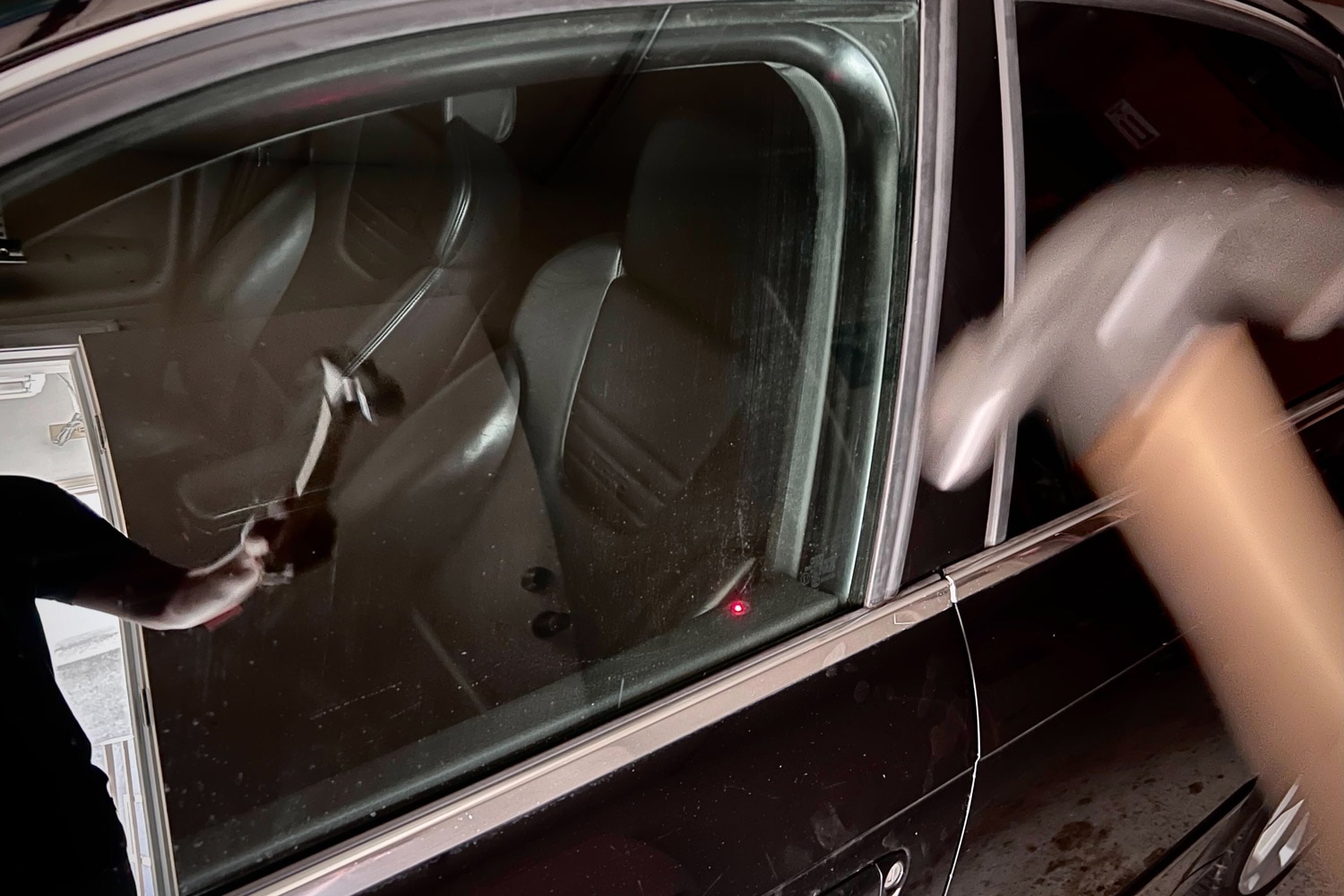What Is Lo-Jack?
This service might improve your stolen car's chances of recovery.
 Manuel Carrillo III | Capital One
Manuel Carrillo III | Capital One
Article QuickTakes:
Vehicle theft is a growing concern for motorists. The last few years have seen an increase in the number and price value of automobiles stolen in the United States. It's nowhere near the levels seen in the early 1990s, but vehicle theft is still a reality for car owners. Stolen vehicle tracking has also become a big business, with major car brands and a long list of aftermarket companies introducing versions of this feature.
What is Lo-Jack?
Lo-Jack is a theft recovery system that relies on a small tracking device installed on your vehicle. This tracker — roughly 3.5 inches long and 2.0 inches wide — is placed in a hidden location that makes it difficult for thieves to find and remove if an automobile is stolen. The company's technicians use one of 20 potential hiding spots so that there's no "standard" Lo-Jack mounting point that would make the device easier to discover. The tracker is always on and draws a minimal amount of current from a car or truck's 12-volt battery.
How does Lo-Jack work?
Lo-Jack is integrated with local law enforcement, and police vehicles equipped with Lo-Jack hardware and software are able to intercept and recover the stolen vehicle. Tracking services begin as soon as you contact the police and report your vehicle as having been stolen, then a signal is sent out to the Lo-Jack tracker on the automobile itself.
Pre-2021 Lo-Jack systems do not rely on cellular networks or GPS technology. It uses a dedicated radio frequency that transmits its location to any police cruiser within five to seven miles of its location. Starting in 2021, new Lo-Jack installations transitioned to cellular and GPS tracking, which broadened its coverage area and added "connected car" features to the Lo-Jack app.
There are a couple of caveats when considering how the pre-2021 Lo-Jack system operates. The first is that for the Lo-Jack unit to respond to the original signal sent out by law enforcement, the vehicle must be within the Lo-Jack system's range. To be located, the stolen vehicle must be close to a cruiser with Lo-Jack integration. That being said, Lo-Jack claims a 98% recovery rate for stolen vehicles.
Classic Lo-Jack warranty and protection plans would offer owners financial compensation if their car wasn't found within 30 days. Lo-Jack was also available with Early Warning System, which automatically notified owners if the vehicle moved without the associated key fob.
How much does Lo-Jack cost?
Lo-Jack pricing can vary. Pricing from the Lo-Jack website ranges from $799 to $1,099 for installation and a three-year subscription. Some dealers install Lo-Jack on every vehicle they sell and build that cost into the vehicle's price. Lo-Jack installations can vary from dealership to dealership, and the system does not come with a suggested retail price.



